
For the past five years or so, I’ve often receive a lot of questions in regards to how I take photos close up of insects, flowers, a watch, food, dioramas, etc.
The answer is that I use macro lenses.
Macro lenses work as regular lenses but also with the added benefit of allowing you to get close a subject and capture better detail that a standard lens may not be able to.
I do have lens tubes but I found that for me, it’s best to have macro lenses and I use a Tokina AT-X M100 PRO D 100mm F2.8 MACRO and a Tokina AT-X M35 PRO DX 35mm F2.8 MACRO lens and both are available for Canon and Nikon DSLR cameras.
And I am often asked, how or why I started getting into macro photography? When I had my own communications & designs company, I had to spend a lot of money on photography for advertising or web-use. And at the time, a lot of these places were charging a lot of money for a variety of photos and some of my clients, when you explained to them, if you want this photo to be used for your brochure or annual report, you’ll have to pay for the rights to use that photo.
With certain things that involved people especially photos of a person in a profession (ie. medical), the clients understood. For other things, not so much.
I decided that if I needed a photo of a faucet, a spoon, flowers, a vegetable, fruit, etc. I would rather take the photo myself. And so I started to utilize macro lenses in my work.
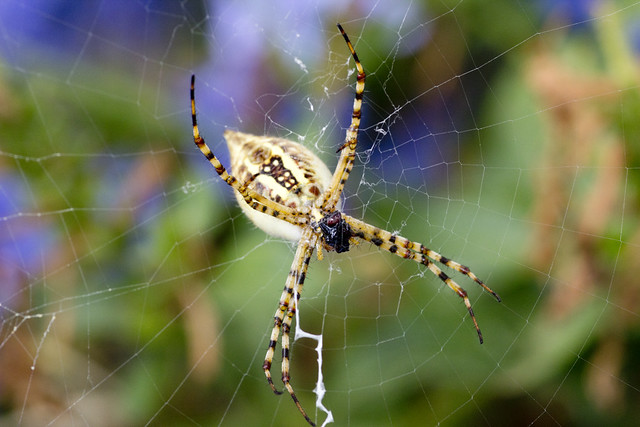
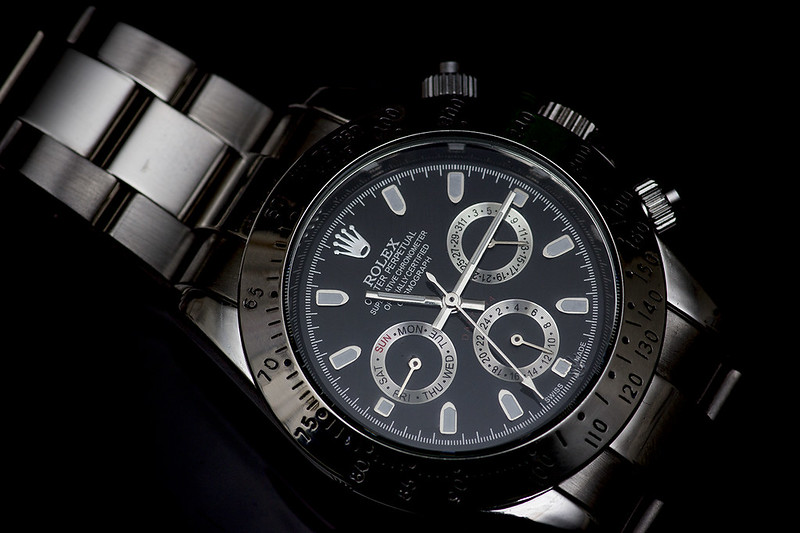
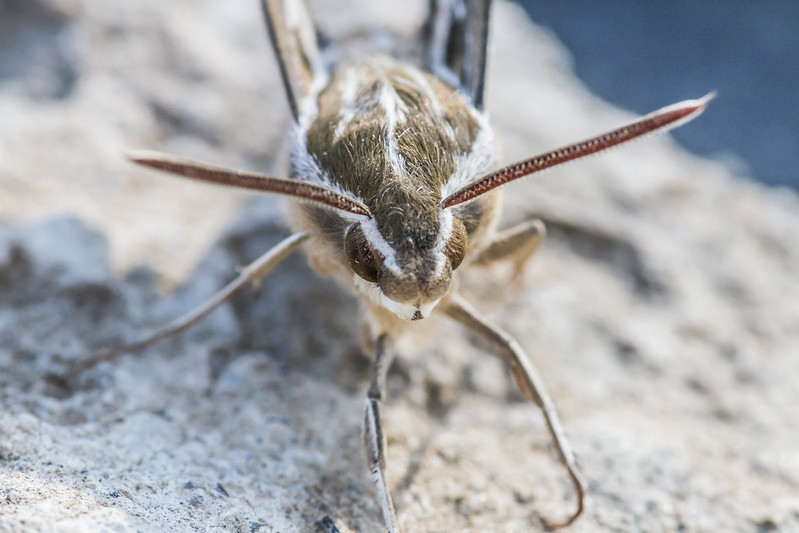
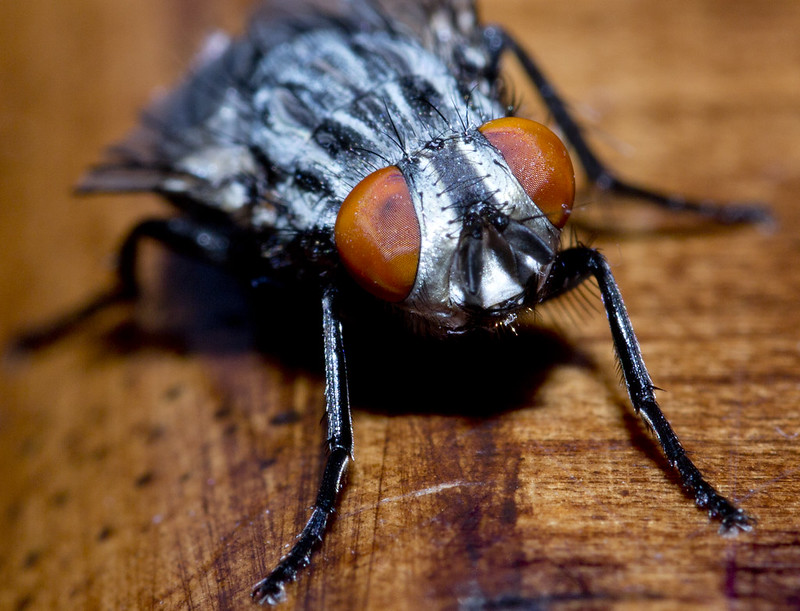
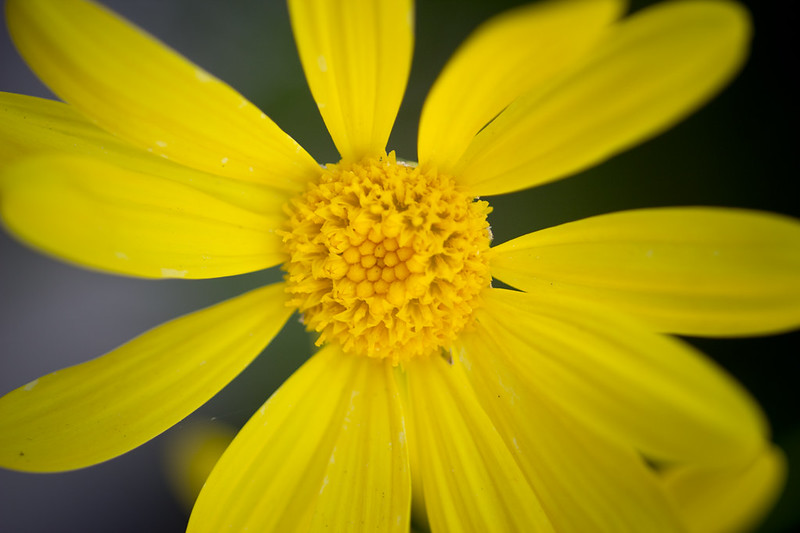
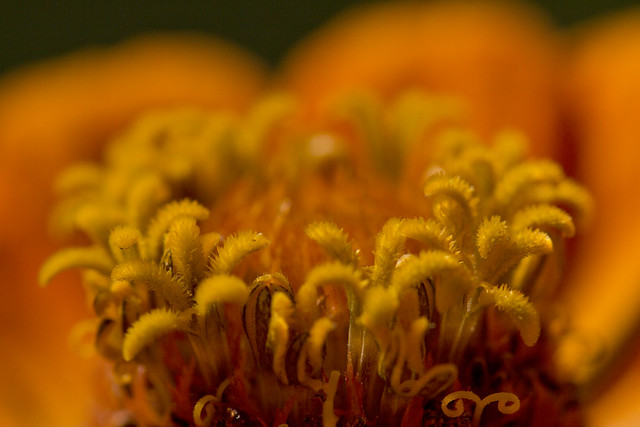
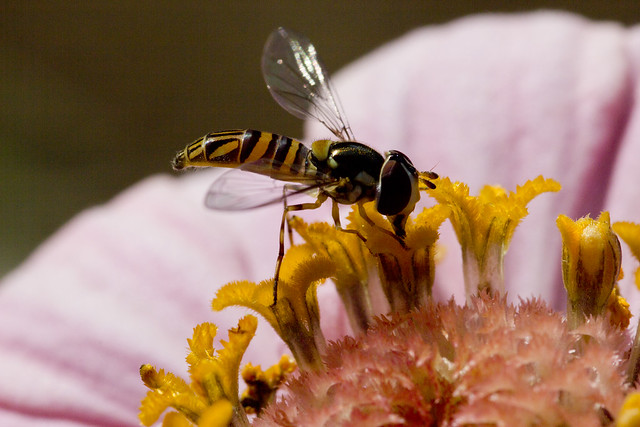
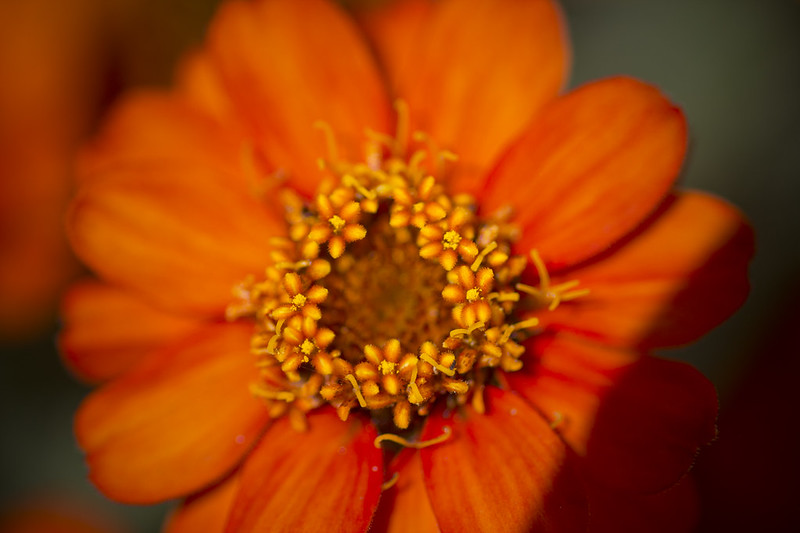
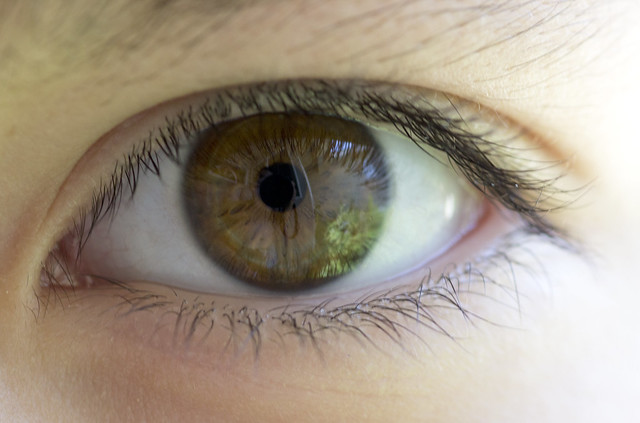
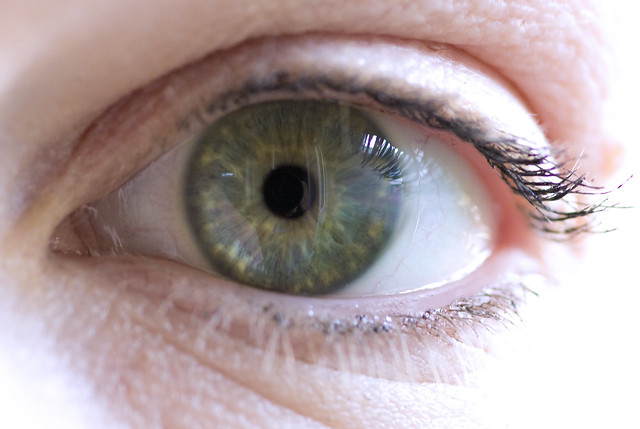
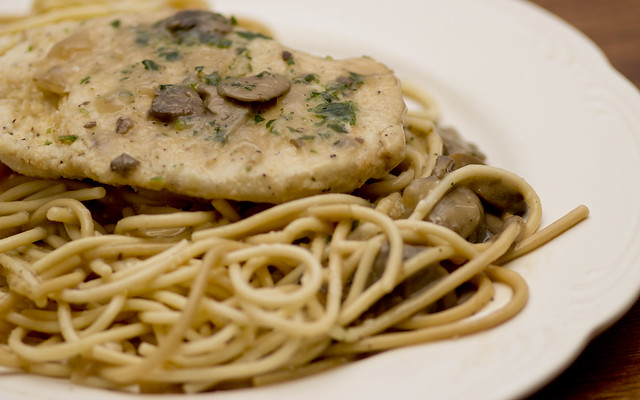
You can take photos of the smallest insects, flowers or objects and really capture details that you don’t typically see.
And of course, you can use them as regular lenses as mentioned.
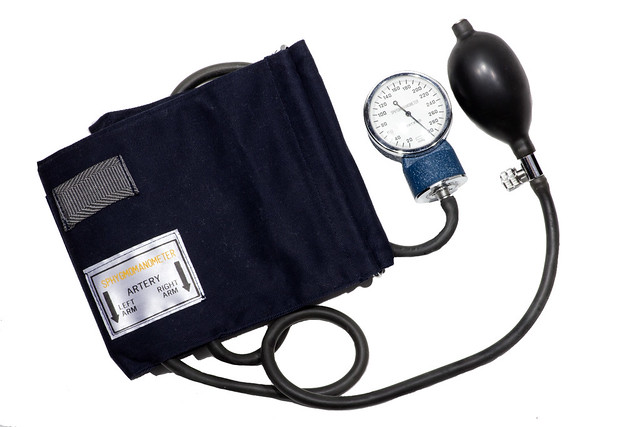
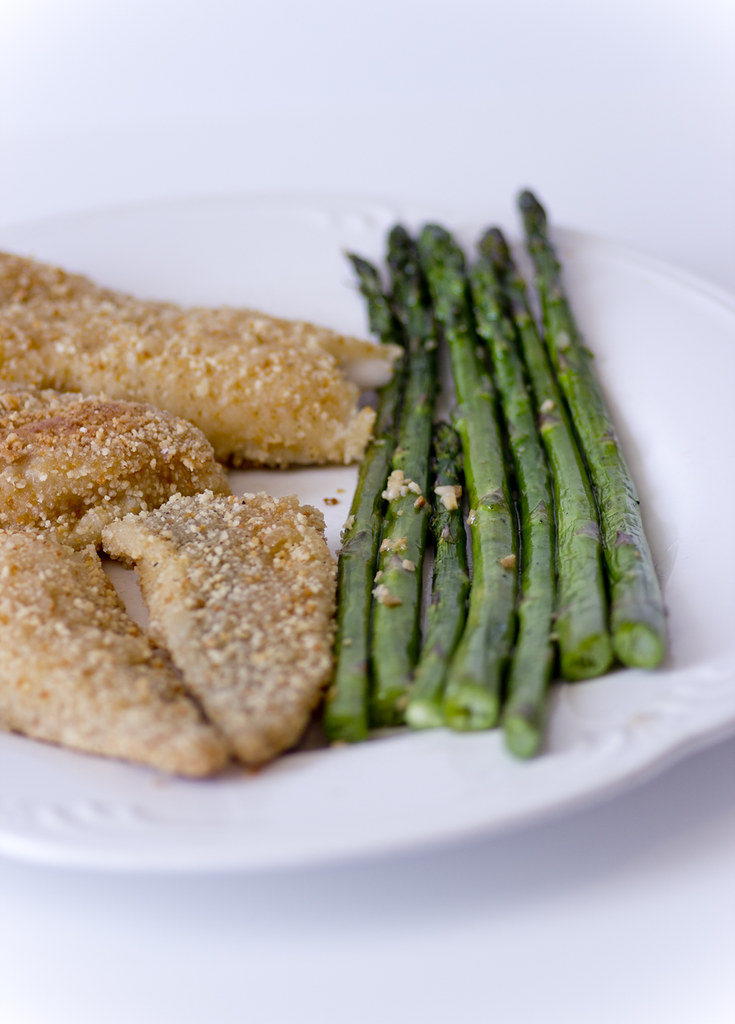
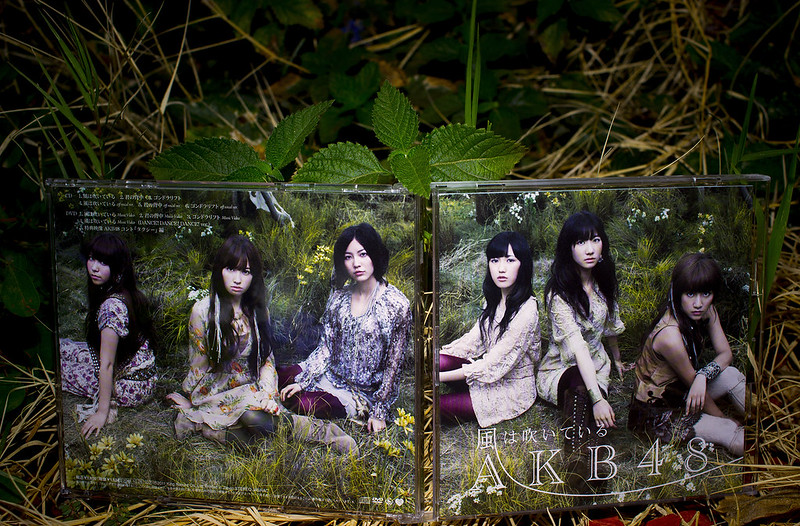

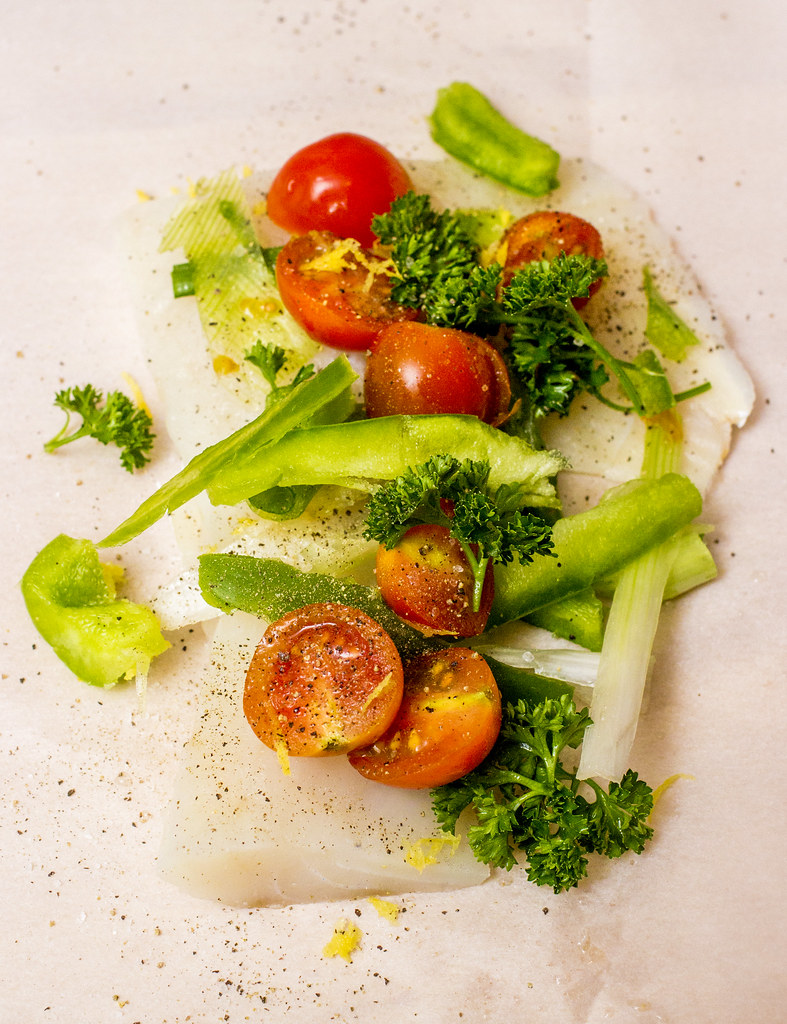
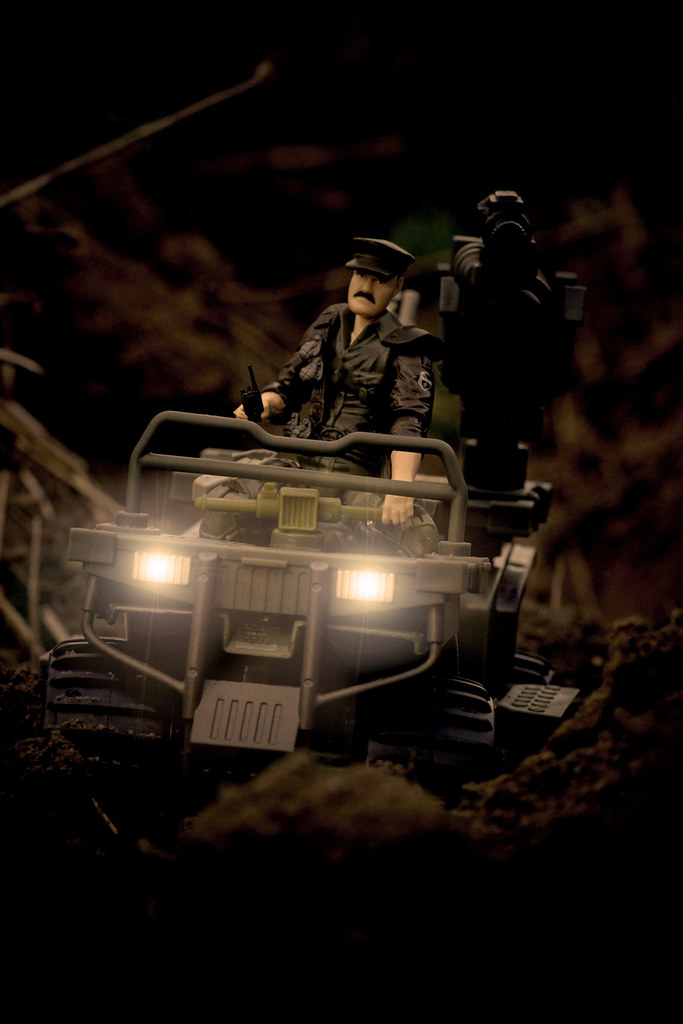

But for me, owning macro lenses have given me more versatility and a lot of my photos taken by these lenses are used by news agencies worldwide.
Is there a preference that I have between my 35mm or 100mm? Both have their positives and negatives but between the two, I prefer the 35mm for macro photo shoots. With the 100mm, getting really close, it’s best to have a tripod or you need to practice really good breathing techniques because the 100mm, you can stand back further, wanting to get even close and it really takes pinpoint accuracy and similar to when you watch a film about a sniper looking into his scope. I feel that I have to take a deep breath and then get the shot, when I don’t have my tripod with me.
For any recommendations for those who want to focus on macro photography? Start with things that don’t move, such as a watch, food photography, flowers, etc.
For insects, spiders and praying mantis will stay in the same area for a very long time. Other insects such as butterflies, moths, flies, ants and insects constantly on the move, will take patience.
Now is there a reason why I use Tokina lenses versus any other macro lens? For me, I purchased a macro lens from a photographer from Japan who was moving back home. He gave me a great deal on the 100mm and after using that and liking it, I invested in the 35mm lens, also because of the crop sensor DSLR I used, I felt it would be a great lens for portrait photography as well.
